The Full Flower Moon 2025 rises tonight!
The May full moon gets its name from the abundance of wildflowers that spring into life at this time of year, and it promises a stunning view for skywatchers around the world.
The Flower Moon will be 100% illuminated at 12:56 p.m. EDT (17:56 GMT) today (May 12), at which point Earth's closest celestial companion will be well below the horizon for skywatchers across the U.S. This sets the stage for a dramatic lunar entry when the full moon rises over the southeastern horizon around 8:30 p.m. local time. If you miss the moon tonight, don't worry; it will still appear full to the casual stargazer for another night or two.
The exact timing of the full moon will differ based on where you are in the world, so be sure to check out a stargazing app like Starry Night or a trusted astronomy website such as in-the-sky.org to find the exact timing for your locale. Also be sure to check out our guide to the best stargazing apps in 2025, which are a must have if you're planning on observing the night sky.
Tricks of the light and the mind
The moon may appear a little bigger than usual to the naked eye tonight when it's near the horizon — a trick of the mind known as the "moon illusion." In reality, the moon's size in the sky doesn't change significantly whether it's directly overhead or close to the horizon.
Despite this, our brains tell us that the moon is larger when it's close to the horizon. Leading theories suggest that the aptly named phenomenon occurs as a result of how the human brain perceives the sizes of objects at differing distances, but NASA has acknowledged that there still isn't a single scientific reason that explains why it happens.
TOP TELESCOPE PICK:
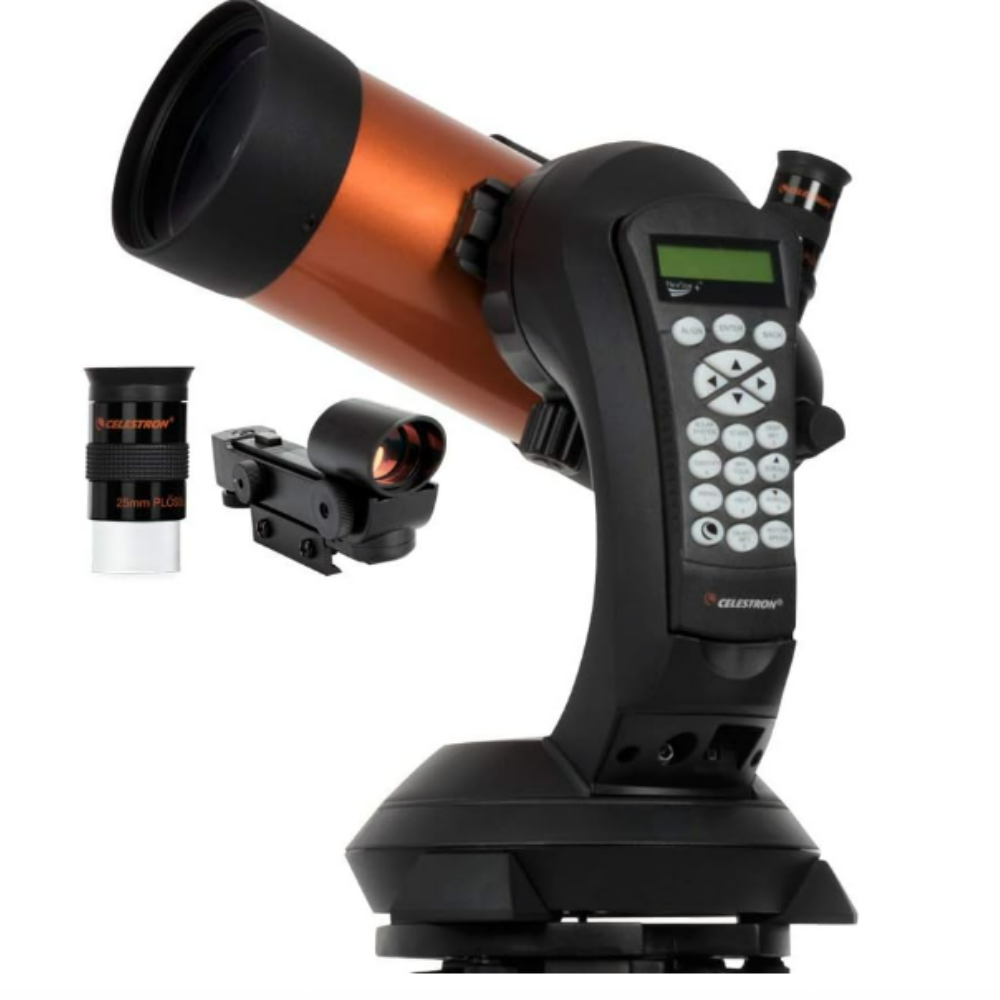
Want to explore the dark lunar maria or the shadow-drenched craters pockmarking the moon's surface? The Celestron NexStar 4SE is ideal for beginners wanting quality, reliable and quick views of celestial objects. For a more in-depth look, see our Celestron NexStar 4SE review.
As flowers come in a variety of colors, so too may the full moon bearing its name. More specifically, the lunar disk may be seen taking on a yellow or orange hue in the moments following moonrise.
When the moon is close to the horizon, the sunlight reflected from its surface must travel further through Earth's atmosphere to reach an observer compared to when it's overhead. This process scatters the shorter, bluer wavelengths of light, while allowing the longer, redder ones through, which can give the moon a yellow, or rusty hue.
Opportunities bloom
The full Flower Moon will present a tantalizing target for the astrophotography community, particularly during moonrise, when photographers can get creative combining their lunar subject with the landscape below. Check out our guide to lunar photography if you want to try your hand at capturing the full Flower Moon. Looking to upgrade your gear? Then be sure to read our guides on the best cameras for astrophotography and best lenses for astrophotography to ensure you're ready for whatever the night sky throws your way.
Of course, the Flower Moon won't be the only thing to see in the night sky tonight. The moon will rise with the stars of the constellation Libra on its left-hand side, while the bright stars Spica and Arcturus will glitter prominently above. Jupiter and Mars will also be visible in the western sky around moonrise, and Venus and Saturn will be seen rising in the east as the moon sets on the morning of May 13.
Editor's Note: If you capture a photo of the full Flower Moon and would like to share it with Space.com's readers, then send your photo(s), comments, and your name and location to spacephotos@space.com.
.png)
 German (DE)
German (DE)  English (US)
English (US)  Spanish (ES)
Spanish (ES)  French (FR)
French (FR)  Hindi (IN)
Hindi (IN)  Italian (IT)
Italian (IT)  Russian (RU)
Russian (RU) 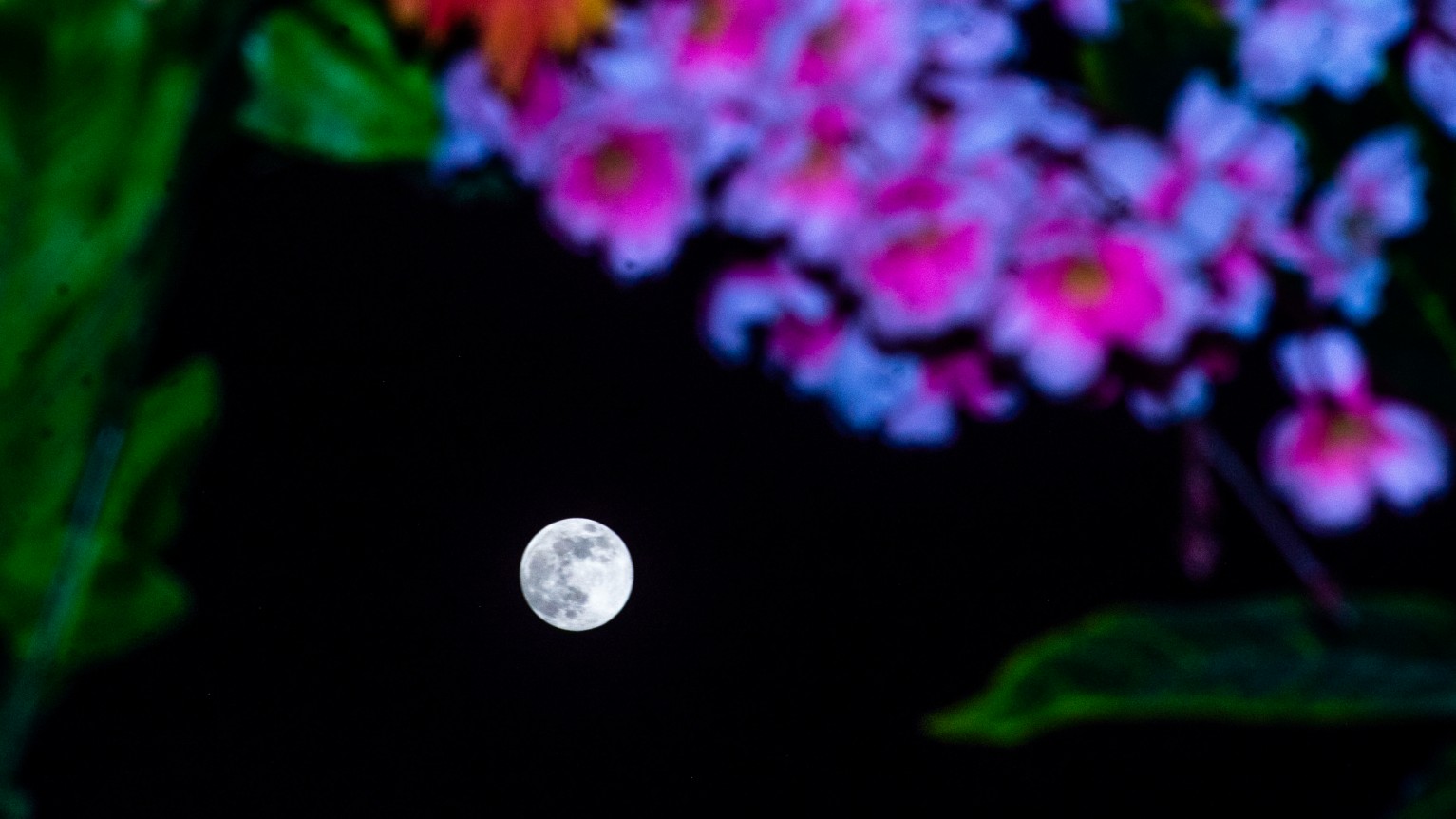
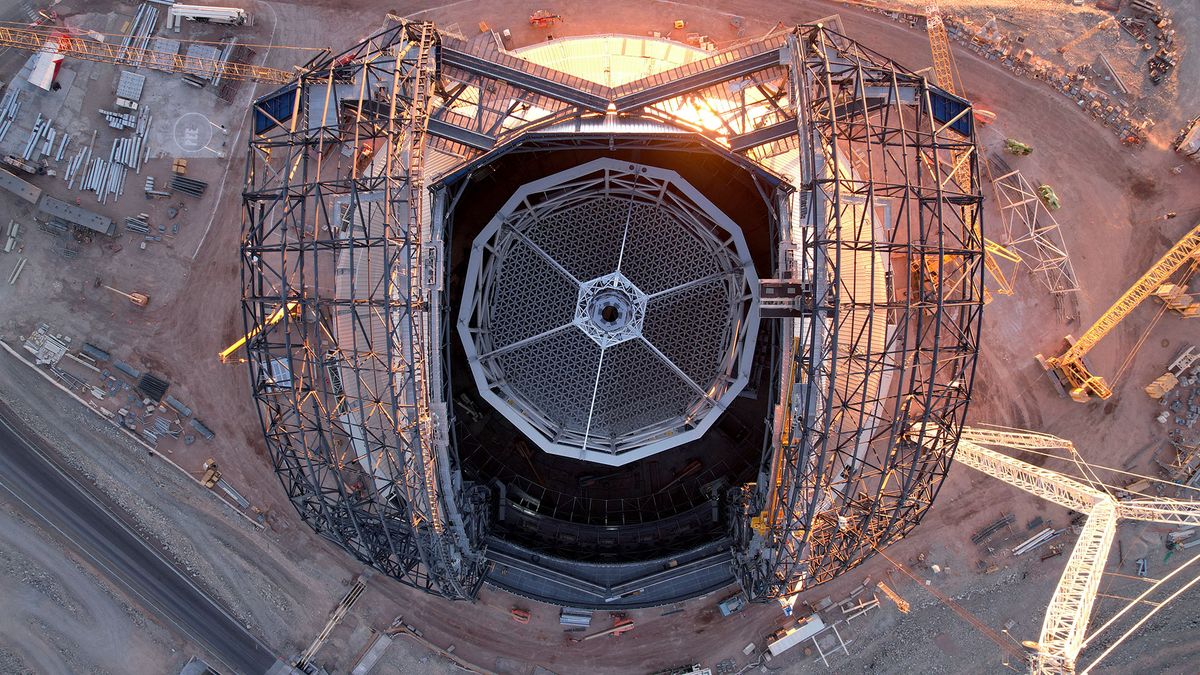

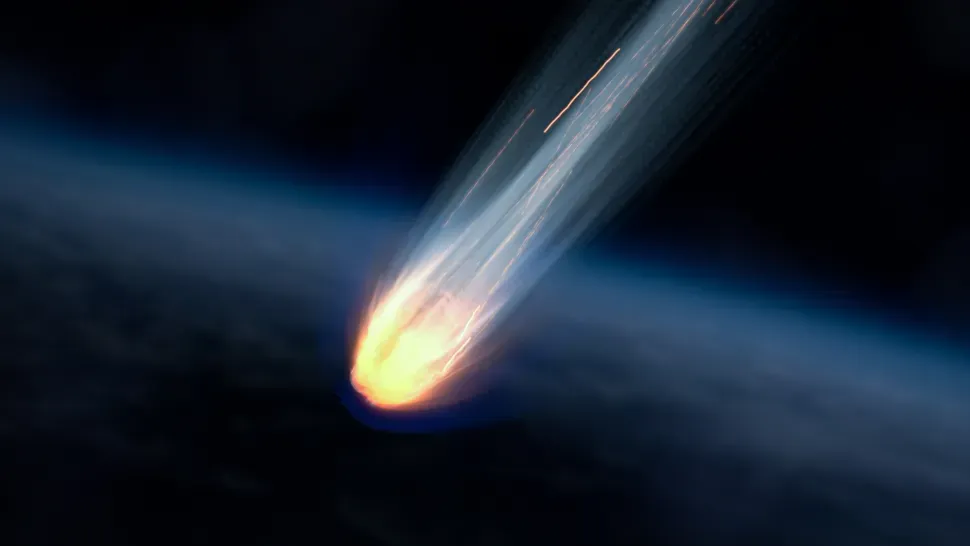

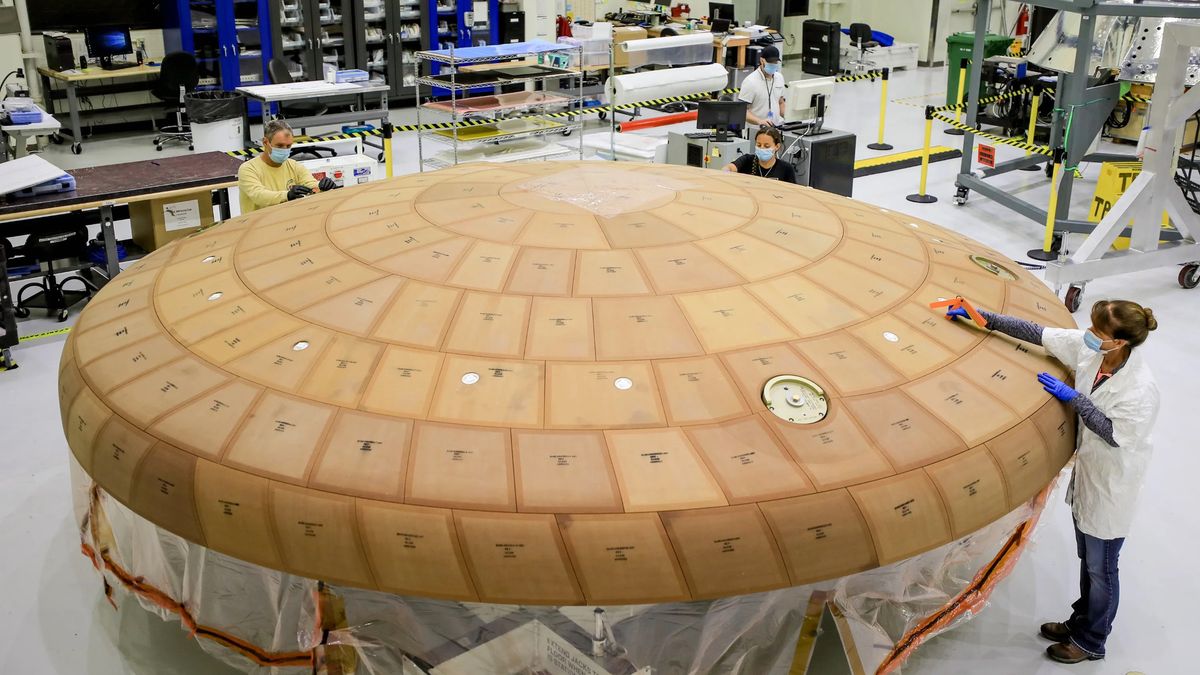



Comments